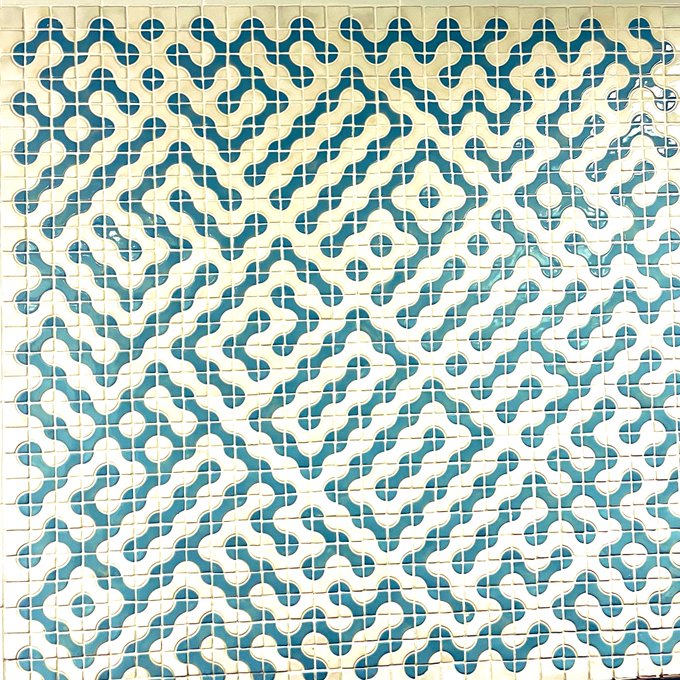12 of 15 Items .... Type: New
Problems, Questions, and Puzzles to spark discussion and argument in the maths classroom.
Navigation:
- by Source
- by Course
.... - Problem Type: 101 Things
3ACT
ASN
ChatGPT
Combinatorics
Comparisons
Constructions
Create a Problem
DebateMath
Definitions
DESMOS Art
Desmos Challenge
DoThis
Epiphany
Equity
Explainer
Find the Error
Find the Pattern
Game
Geometry Snacks
Graphicacy
Graphical Approach
How Many Ways?
How Many?
Illusion
Impossible Problem
MathArt
MathStrategy
MathTip
Meme
Mimizu
Modeling
New
New Understanding
Notation
Notice, Wonder
Number Theory
Number_Search
Number_Talks
Open Middle
Optimization
Pedagogy
Policy
Proof Without Words
Puzzle
Rates
Ratios & Proportions
Raw Pure Math
Regressions
Sensible?
Sidewalk Chalk
Smart Substitution
Starters
Strategy
Terminology
The Hook
The RealWorld
Topology
Understandings
VennWords
Wait. Really?
WCYDWT
What If
What is This?
What Questions
Which Would You Choose?
WODB
Yohaku
. . . View This Fullsize
The Beauty of Mathematics
Is this a thing?
Will it continue?
How will it continue if it does continue?
Can you show why it works?
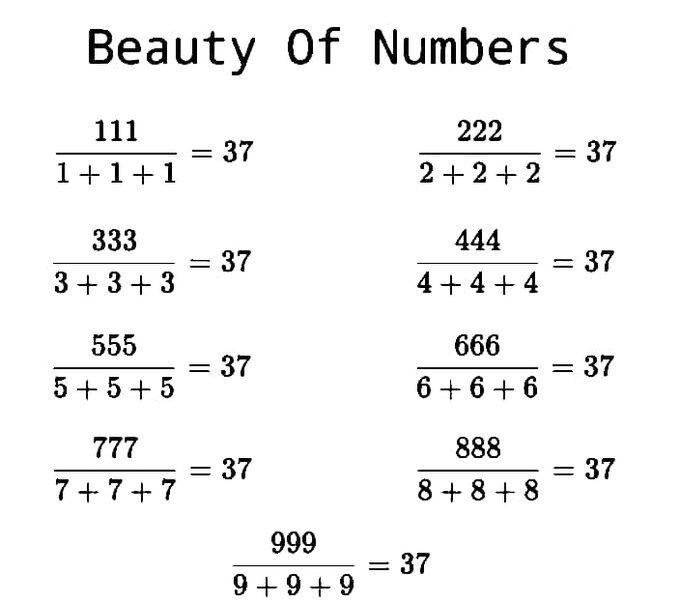
Does something interesting happen in a prime base like Base-7 or Base-13?
.: [], [Twitter], [New].
. . . View This Fullsize
Let's pose a question ...
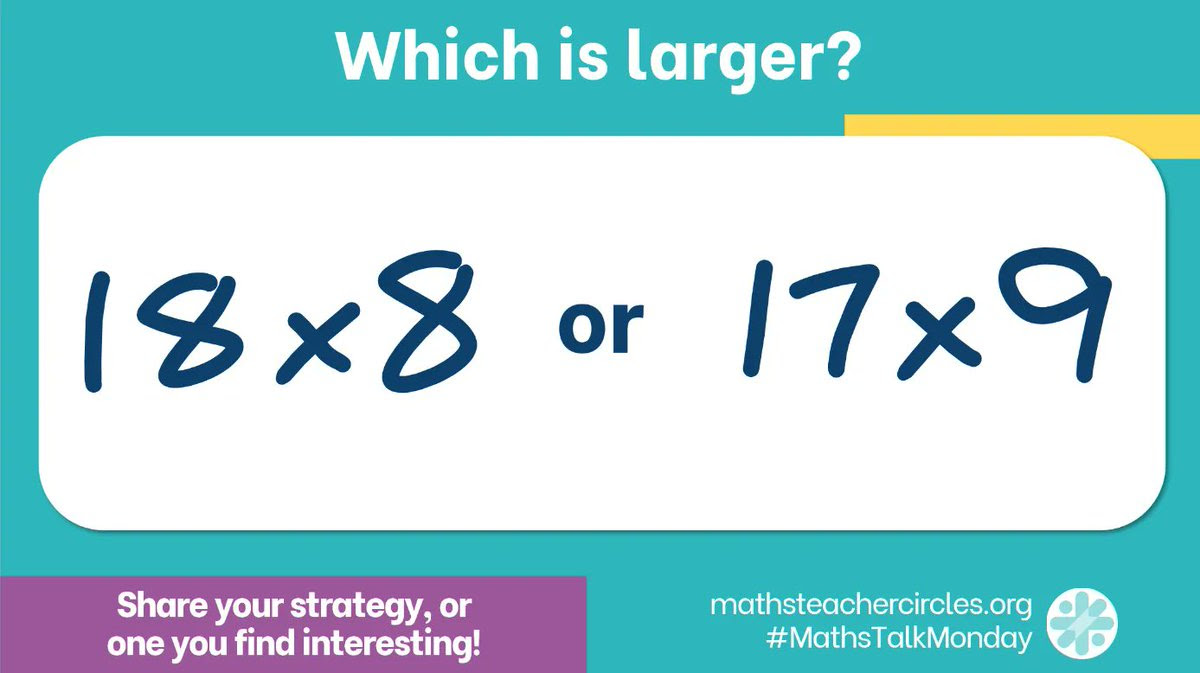
It's easy enough to just multiply them and see, but see if your students can figure out what method or reasoning each person used.
Which ones make sense to you?
Which one is the most clever?
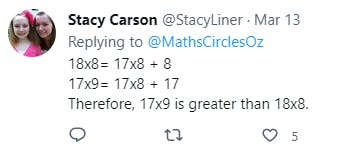
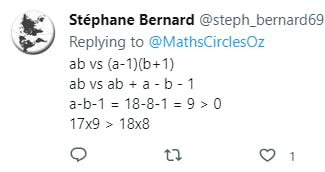

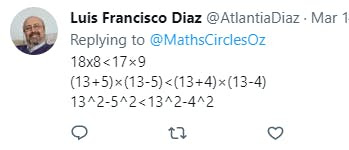
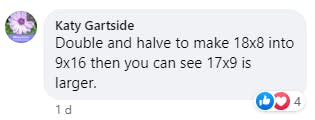
.: [], [internet], [New].
. . . View This Fullsize
What mark out of 3 would you give?
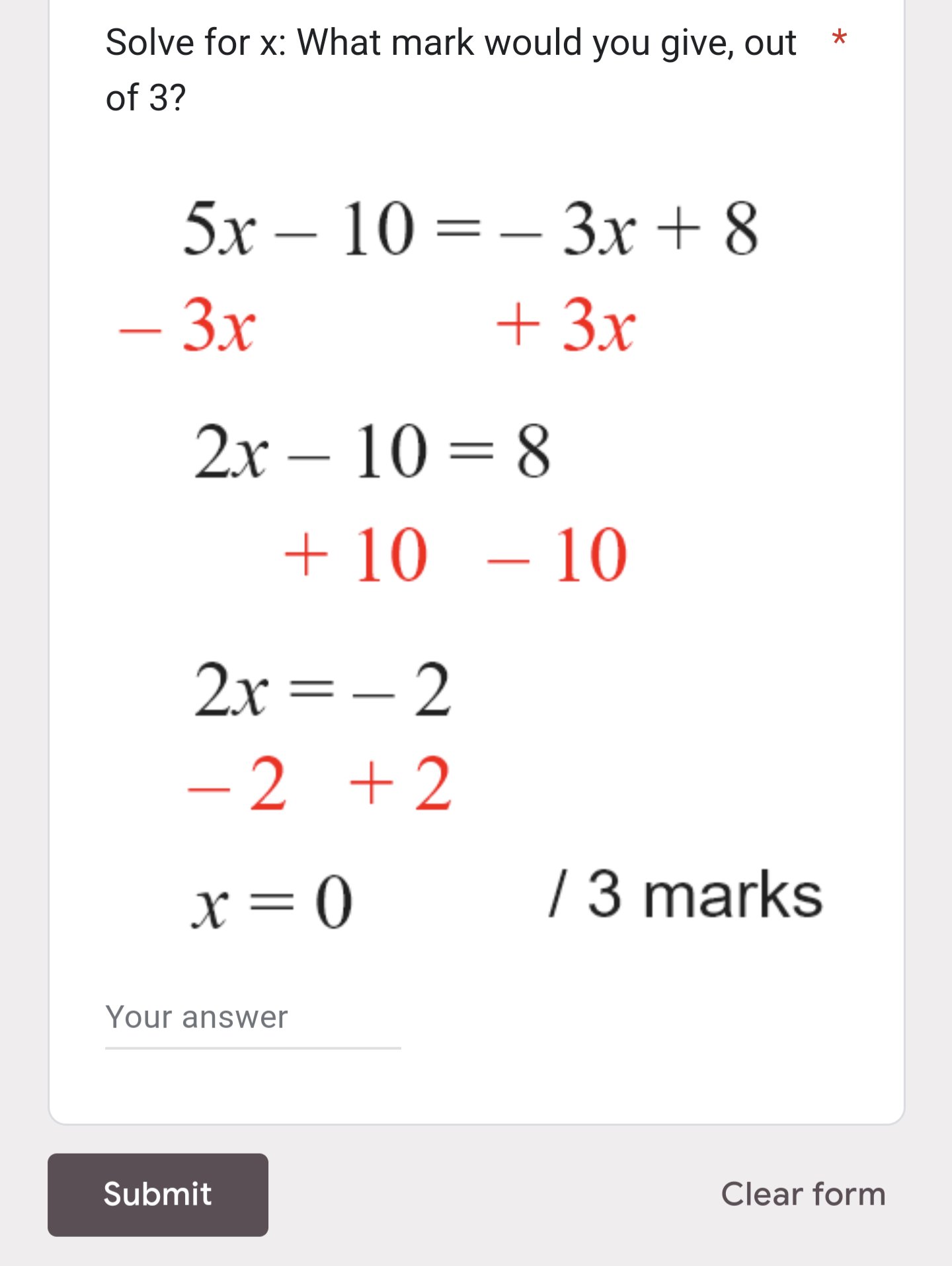
.: [Teacher Education], [Twitter], [New].
. . . View This Fullsize
A "happy" stack of bricks has a contiguous bottom row of bricks and each brick thereafter sits on half-lengths of one or two bricks below it. There is 1 happy stack with just one brick; 3 happy stacks with two bricks. How many with three bricks? Four?
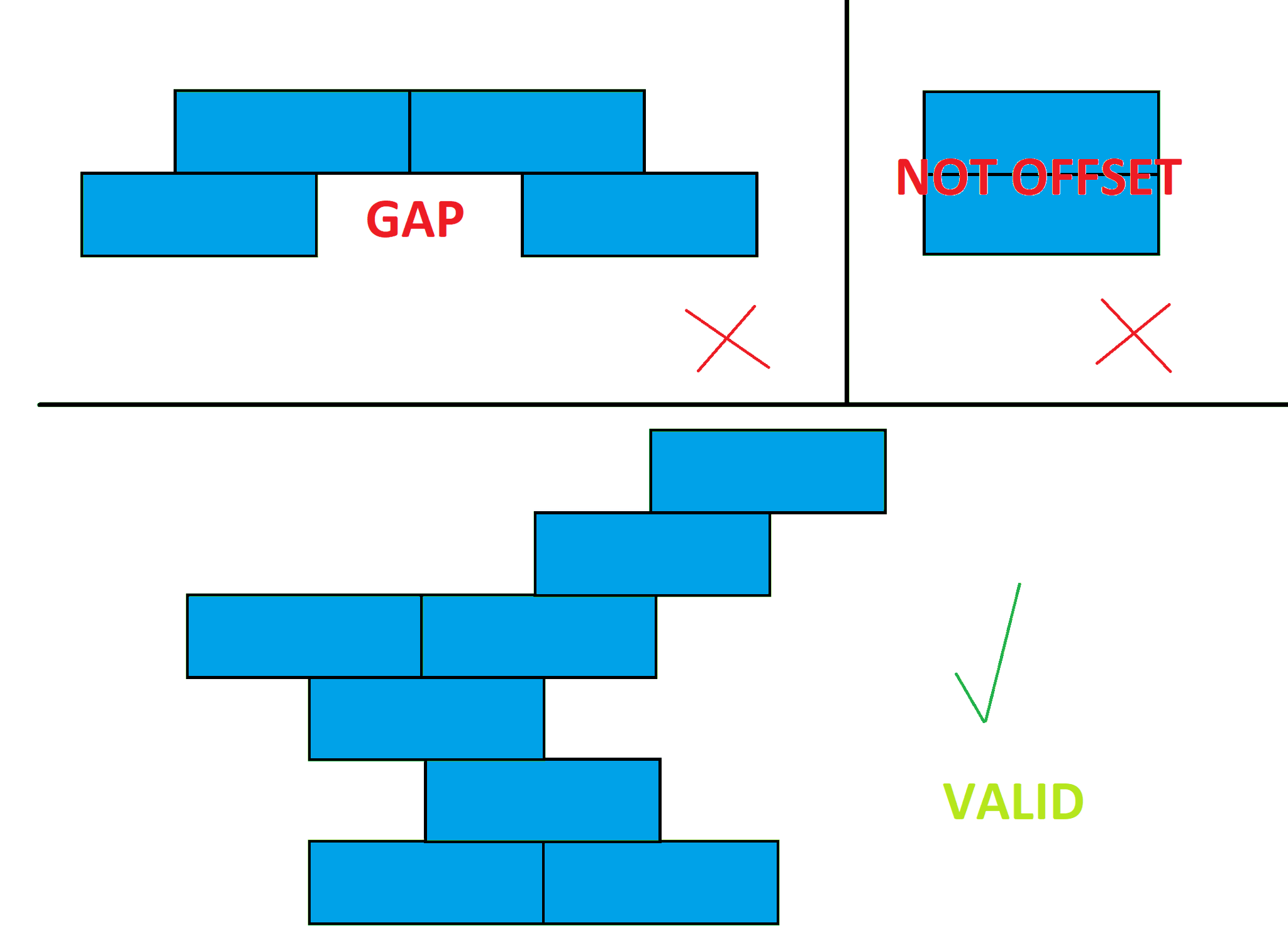
.: [ALL], [James Tanton], [New].
. . . View This Fullsize
Which is better?
I have explained like 1,000 times this year that "exact" answer means leave it in terms of roots and \( \pi \) etc, but kids interpret a crazy decimal as more "exact" lol.
Anyone have better verbiage?— Bowman Dickson 🏳️🌈 (@bowmanimal)

.: [], [internet], [New].
. . . View This Fullsize
TickTokMaths considers this the worst problem ever because the area and perimeter are the same numerical values, so students might find the area by adding up the sides.
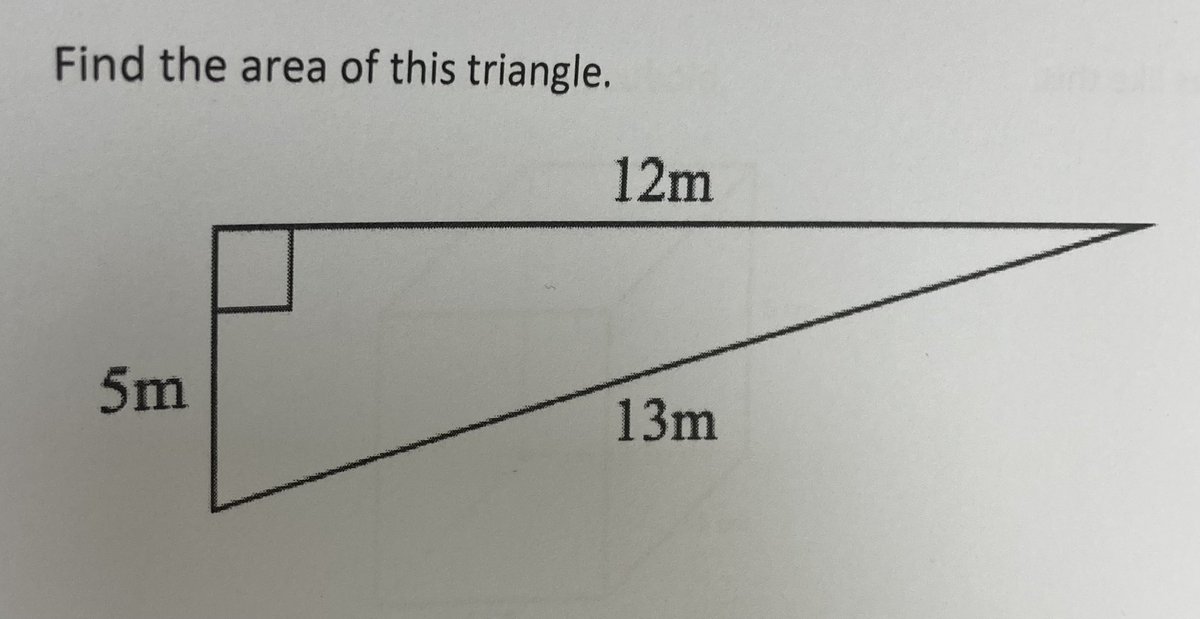
What are some other shapes that have the same numerical value of perimeter and area? (Understanding that perimeter is \( m \) and area is \( m^2 \) )
.: [], [internet], [New].
. . . View This Fullsize
You could legitimately interpret this as
Right leaning: 25%What other ways could you interpret this set of results?
Left leaning: 45%
Print and Internet: 25%

.: [], [internet], [New].
. . . View This Fullsize
Instructions for Mimizu
1. Numbers are entered in order.
2. Light gray walls are "open". Adjacent hexagons with an opening must be consecutive OR share a common prime factor.
Conversely, consecutive hexagons or hexagons that share a
common factor must have an open wall between them.
3. Solid black walls are "Closed". Adjacent hexagons with a wall cannot be consecutive AND cannot share a common prime
number … and vice-versa.
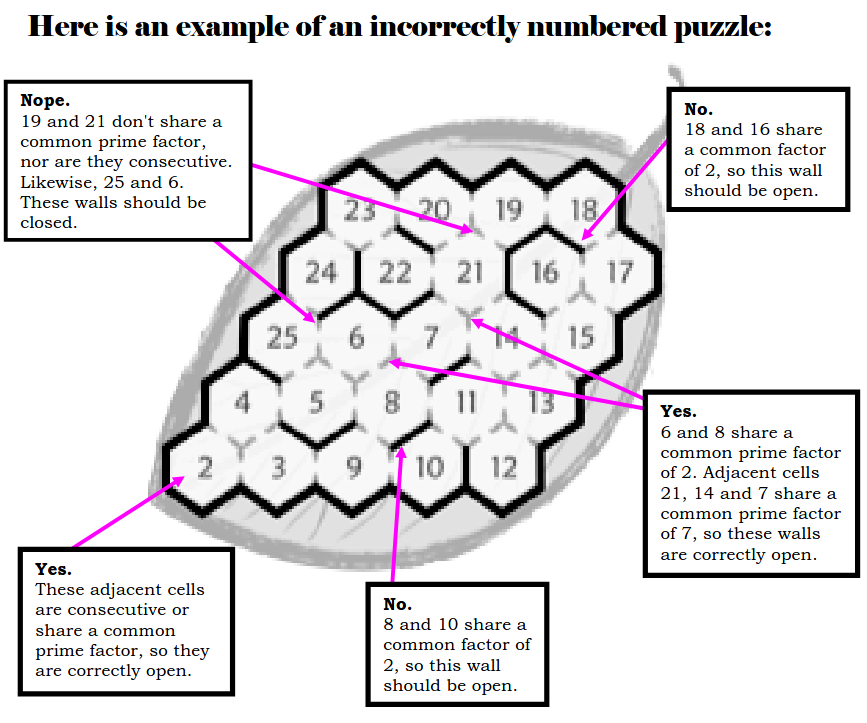
Here are a few puzzles.
.: [], [internet], [New].
